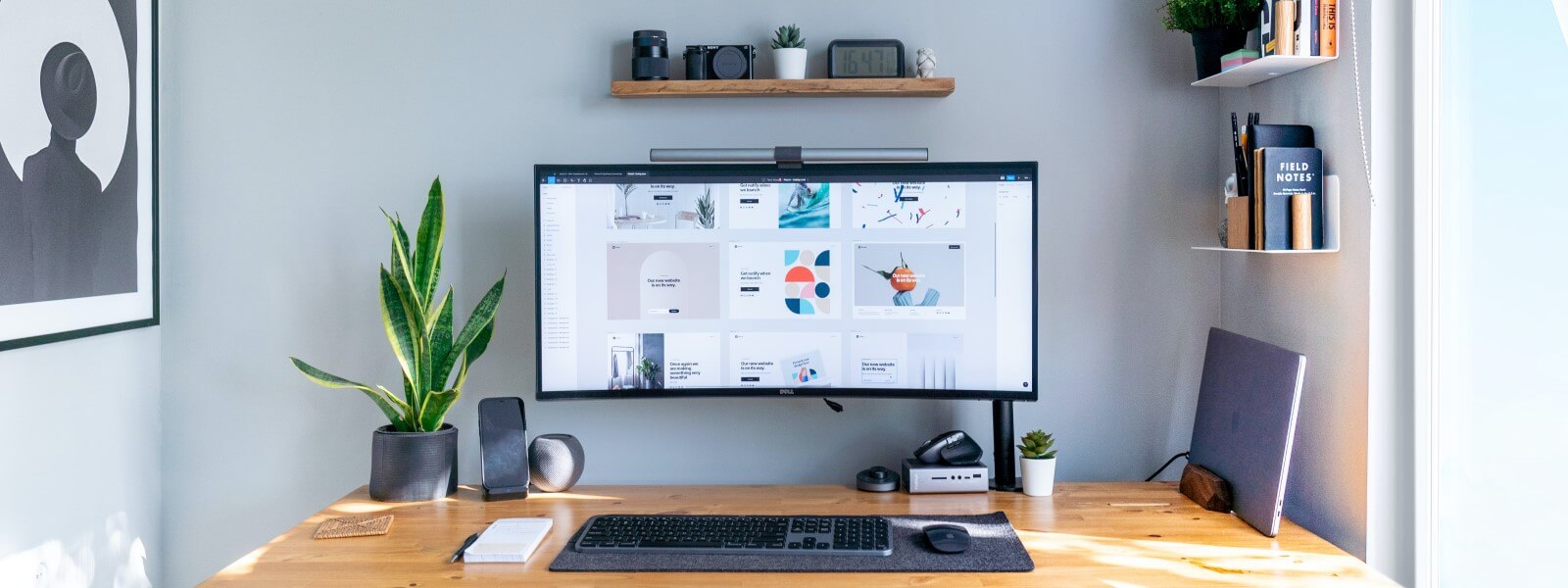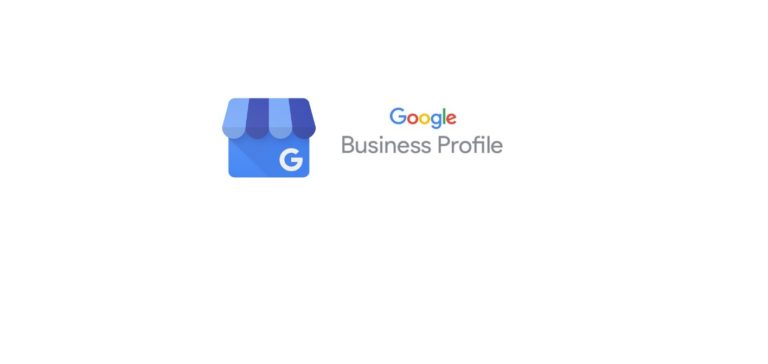12 Signs You Need a New Website
Not sure if it’s time to redesign, replace or re-platform your business website? Here are 12 telltale signs that you’re ready for a new website.
If you own a small or medium-sized business, you probably do most or all of your own marketing. You probably also spend a lot of time thinking about how you could make that marketing easier and more efficient.
One of the easiest ways to do this is to make sure your website is working hard for you, helping to attract visitors and convert them into leads and customers.
If you don’t have a website yet and you can’t decide whether it’s the right time to create one, have a look at my list of Reasons Why You Need a Website For Your Business.
If you already have a site but it’s no longer pulling its weight, read on below…
Do I really need a new website?
I say this a lot because it’s a universal truth: your website should work harder for you than any employee. It’s always on and always ready to help make a sale or capture a lead. Investing in a new, conversion-focused website can totally transform your business.
But investing in a new website is a big decision, and it often feels easier just to stick with the status quo “just for a bit longer”. However – if your website isn’t performing well now, it’s not going to get better on its own – and hanging on only means things will gradually get worse. Time for action.
Let’s take a look at the signs that you’re ready for a new website, and some of the key benefits of redesigning your site.

How do you know your website isn’t working for you any more?
1. Your website is slow to load
This isn’t the most ground-breaking place to start, but I’m starting here because it’s so important. Speed is critical when it comes to modern websites. People are more impatient than ever and they expect to access websites instantly – irrespective or where they are or what device they’re using.
Additionally, speed is now a Google ranking factor. Heard people talking about Core Web Vitals? That’s basically a tech term for explaining that Google takes your website’s speed into account when it’s ranking yours and your competitors’ websites in the search results – so optimising your site’s loading time is essential to stay ahead of the pack.
Older websites are more likely to be slow, as are websites on shared hosting or website builder platforms. Get an idea of your website’s speed on Google Page Speed Insights or GT Metrix. These reports can look tricky to read – but the basic premise that if any of your results aren’t green then they probably need some work.
2. Your website doesn’t look great on mobile
The average website receives over 50% of its visitors on mobile devices. Depending on your business, your mobile traffic might be even higher than that. And if you’re selling online, it’s likely that a massive proportion of your users will actually buy from their phones.
So make it as easy for people as possible. Give them a seamless mobile browsing (and buying) experience that makes them trust you are your business are the right place to spend their money. To do this you’ll need a website design that’s fully responsive and looks great on all devices and screens of any size.
If your website isn’t pixel perfect and super speedy on mobile, it’s time to get that sorted. An easy starting point is to use a tool like Google’s Mobile Friendly Test, which will let you know of any issues with your layouts and content on mobile devices.
3. Your website isn’t converting
The main purpose of a business website isn’t just to be pretty. Pretty is good, but it also needs to attract the right kind of visitors and convert them into customers – so you should be keeping an eye on your website’s conversion rate.
Start with your website analytics:
If you’re not convinced your site is pulling its weight, dig into all your stats to see what percentage of your visitors are engaging and ultimately converting to a lead or sale. While there’s no magic number of what a “good” conversion rate is, a falling rate of conversion is almost certainly a problem.
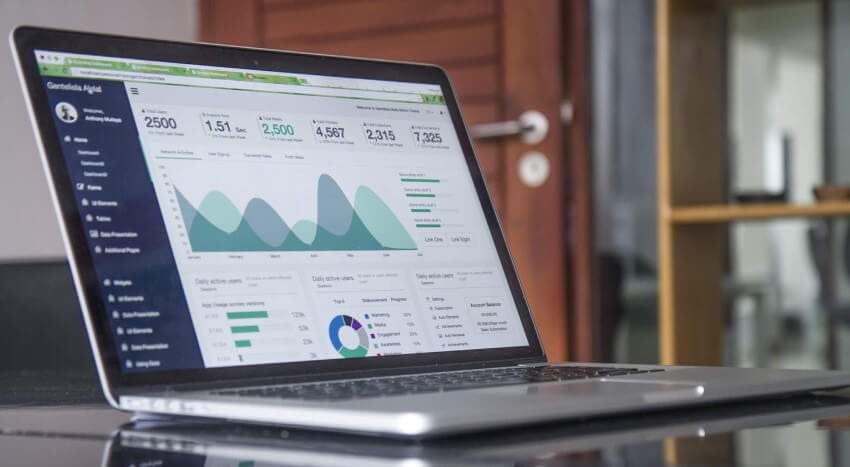
Whether your website offers products or services, your business provides a solution to a specific need your customers have.
Your website needs to communicate that instantly, show your users how you can help them, and lead them towards the next step that YOU want them to take. That’s your customer journey. How to do all this?
If this all sounds overwhelming, get in touch for a chat about how your website can work as a marketing machine for your business.
4. Visitors can’t easily find what they’re looking for
If your website has a conversion problem, it might be because it’s just not easy enough for visitors to find what they came for. Time to take a step back and take an objective look at your pages and navigation.
The harsh reality is that if people can’t find what they’re looking for pretty much instantly, they’ll hit the back button and head straight to your competitors’ websites.
When you redesign your website, you need to be laser-focused on the user experience and getting people where they want to go quickly.
5. You dread being asked for your website URL
There’s nothing worse than talking to someone about your business and then getting a sinking feeling of dread when they ask for your website address.
When someone asks for your URL, do you:
a) enthusiastically send them your details
b) feel all kinds of awkward and apologise for the site in advance
c) don’t even consider it and point the person to your socials instead
If it’s b or c then it’s time to address the elephant in the room – i.e. your out-of-date website that you’re ashamed of. You should feel as proud of your website as you would of a physical shop front for your business. Remember, it’s the centrepiece of your online presence and needs to reflect the quality of your business.
6. You’ve outgrown your existing platform
Lots of small businesses start their websites on DIY platforms such as Wix or Squarespace. This can work well for you at first: you get a template you like the look of, you fill in your content into the template, you don’t need to worry about web hosting, and you can get a website up quickly. So far so good.
But many small business owners find that as their business starts to grow or evolve, the DIY platforms aren’t up to the job any more. Maybe you’re sick of your generic design, want to add e-commerce, speed up your site, improve your SEO, start a membership site, include subscriptions, or need something custom-built to suit your business.
For any advanced or custom needs to be successful, you’ll need a platform which can be fully customised and where you have complete control over how the site is built, where it’s hosted, and how it performs. That’s why I build sites in WordPress.
WordPress powers 40% of the internet and offers you complete flexibility. My recommendation to most small business users is to start off with a WordPress website from the beginning in order to have a site that can grow with your business – but if you have a site on a web builder platform I can convert it to WordPress for you.
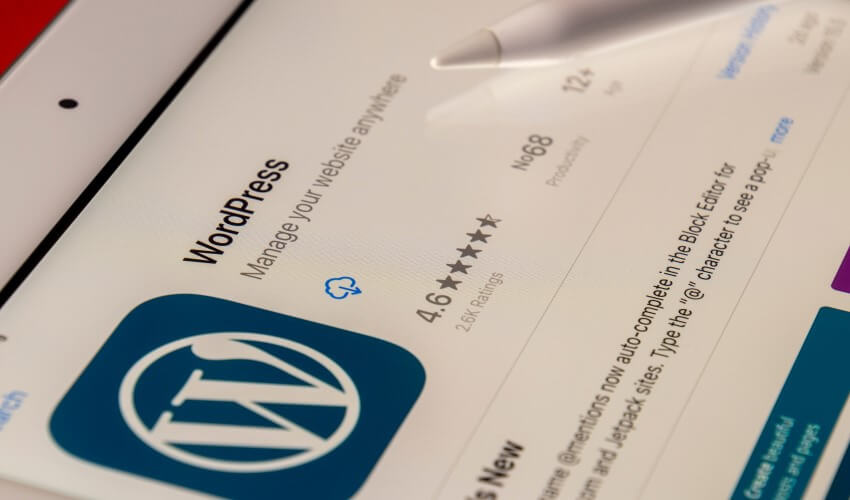
7. Your content or audience has changed
Is your website content still communicating the right message to the right people? As businesses evolve, your web content can age off and become stale or even irrelevant – but sometimes change happens gradually and you might not even notice that your website isn’t serving the correct purpose any more.
Small businesses are flexible by their very nature. One of the great things about being a small business owner is the ability we have to add and try out new offerings whenever we like. But ensure you keep your content up to date to keep your content aligned to your business brand and goals.
Similarly, if you’ve pivoted a service over time to target a different audience, make sure that your website is speaking to your ideal customer as they are today, not one from two years ago.
8. Your traffic from Google is static or declining
Not getting enough organic traffic to your website? If you’re constantly relying on social posts and/or paid ads to get web visitors, then it’s a labour-intensive and expensive way to grow your traffic.
It can also feel a little soul-destroying…you put so much work into your website and then you’re still having to pay for traffic or spend hours in Facebook groups looking for ways to promote your business.
Your website needs to be found organically on Google so that you have steady traffic to your site. Enter SEO, or search engine optimisation. It makes a lot of people feel intimidated but there are many easy wins to improve your website’s SEO, and many of these start with the structure of your site.
If you’re on a DIY platform like Wix, you’re going to find it much harder to optimise your website and improve your SEO as your options are quite limited. If you’re already using WordPress then there are lots of SEO plugins that walk you through the steps you need to start generating great SEO content. Check out SEOPress or RankMath.
9. Your website isn’t acting as a hub for your overall digital marketing strategy
One of your website’s important jobs is to act like a hub or centrepiece to your overall digital marketing strategy.
Wait – what exactly is a digital marketing strategy? Put simply, it’s your plan for making online marketing work for your business. For most small businesses it usually consists of content marketing, social media, email marketing and any paid advertising you might do. For all of those activities, your goal should be to get people off of third-party platforms and onto your website where you can work on converting them into lovely customers.
Having a digital marketing strategy is important for two reasons:
- It sends clear and consistent messaging to people who see you, find you and connect with you across all digital and social platforms, which instils trust and makes them much more likely to want to do business with you.
- Just as importantly – it makes your marketing activities so much easier! Having a content strategy and repurposing that content across all the different platforms reduces your workload immensely.
A good website will have all the functionality you need to work as your central hub and keep people coming back for more.
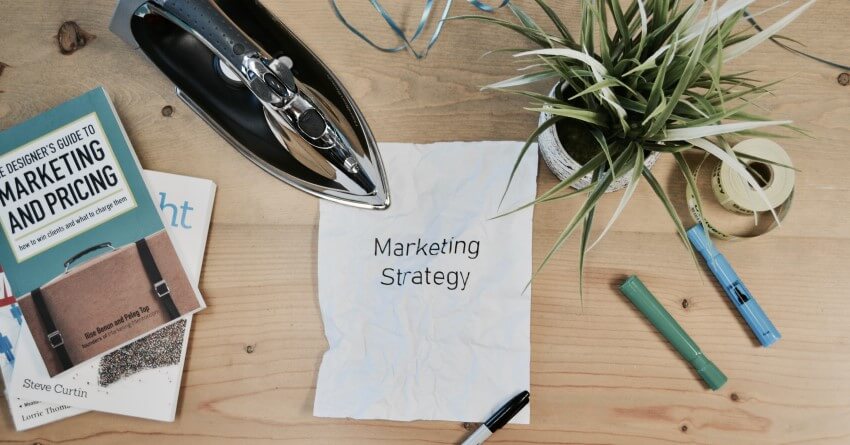
10. It’s difficult to add or edit website content
Did you know that Google prefers websites which regularly add new content? A website which regularly posts quality content will rank higher in search than a similar website which has been static for a long time.
Keeping your content fresh is part of a good SEO strategy, but if you’re facing obstacles with a website which is hard to update, then you can lose out.
A well-built WordPress site with a quality theme and professionally designed templates should make it simple for you to add new content on a regular basis. I create templates for my clients’ websites so it’s super-easy to add new posts and content whenever you like. I also offer website maintenance plans where I can add content every month and ensure it’s fully optimised for Google.
11. Your website is 3-5 years old
While there’s no expiry date on a website design, things move fast in the online space and so performance, functionality and design trends will all be seriously ageing off by the time five years have passed.
If it’s been 3-5 years or longer since your last website overhaul, not only will your design be starting to show its age, chances are you haven’t been adding features and functionality along the way as your business has grown and evolved.
Remember the analogy about your website being your hardest working employee? I bet you wouldn’t let 5 years go by without giving your hardest working member of staff a payrise / a promotion / better benefits. Investing in your website will pay off in the same way as investing in a great employee.
12. You just hate it
This reason might be frivolous, but don’t underestimate the knock-on effect. If you really don’t like your website – whether for aesthetic or functional reasons – it can affect how you feel about your whole brand, and consequently your business.
If you’re not showing it off at every possible opportunity, or are hesitant about sharing it with potential customers, it’s probably losing you business one way or another.

Benefits of a Website Redesign
Now you know the biggest signs that it’s time for a website redesign, you should be able to see some of the benefits of taking the plunge and overhauling your website. Some of the biggest of these are:
How to Redesign Your Website
If you don’t love your existing website, or your DIY site isn’t working for you any more, then it’s time for change. It’s worth taking a strategic approach to the redesign, in order to get the most out of your investment of time and money.
I love to take websites to the next level, so if you’re ready to work with a friendly, straight-talking web designer, then I’d love to hear from you.
Learn about my web redesign services and how I work, or get in touch to request an estimate or book a free consultation.
Looking for help with your website?
I’m a WordPress developer who loves helping small businesses grow their online presence with great looking websites.
Want a new website or to overhaul an existing site? Got a broken WordPress site that’s driving you crazy?
Just let me know what you need and I’ll be happy to help!

